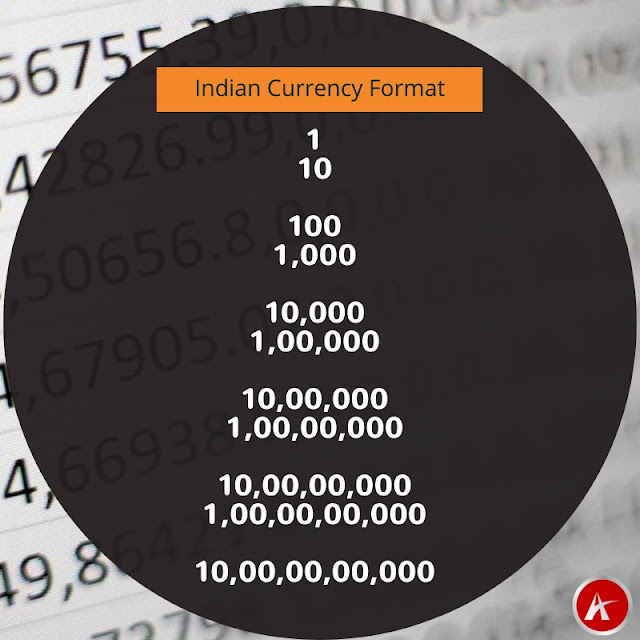Previously I have posted about creating REST Web Service from ADF Application Module and in this post, I am going to use the same REST service for populating data in a JET table. Here we'll populate JET table on top of Oracle ADF BC (Business Components).
Here I am taking the same sample application that I have discussed in my first post Getting started with Oracle JET and JDeveloper
The URL of ADF BC based web service is http://127.0.0.1:7101/RestWebServApp-RESTWebService-context-root/rest/Jdev12.2.1/Department and it returns a list of Departments in nested JSON format
Let’s see the implementation part
Add an oj-table component in the dashboard.html page and define the required number of columns, this web service returns a list of Departments so I have taken 4 columns for Department Id, Department Name, Manager Id, and Location Id
- <div class="oj-hybrid-padding">
- <h1>Dashboard Content Area</h1>
- <div id="div1">
-
- <oj-table id='table' aria-label='Departments Table'
- data='[[datasource]]'
- selection-mode='{"row": "multiple", "column": "multiple"}'
- dnd='{"reorder": {"columns": "enabled"}}'
- scroll-policy='loadMoreOnScroll'
- scroll-policy-options='{"fetchSize": 10}'
- columns='[{"headerText": "Department Id",
- "field": "dept_id",
- "resizable": "enabled"},
-
- {"headerText": "Department Name",
- "field": "dept_name",
- "resizable": "enabled"},
-
- {"headerText": "Manager Id",
- "field": "mgr_id",
- "resizable": "enabled"},
-
- {"headerText": "Location Id",
- "field": "loc_id",
- "resizable": "enabled"}
- ]'
- style='width: 100%; height: 400px;'>
- </oj-table>
-
- </div>
- </div>
Now see the code of dashboard.js, Read comments to understand the javascript code, Here getJSON() method of jQuery is used to call REST Web Service as jQuery is a part of Oracle JET libraries.
- /*
- * Your dashboard ViewModel code goes here
- */
- define(['ojs/ojcore', 'knockout', 'jquery', 'ojs/ojinputtext', 'ojs/ojtable', 'ojs/ojarraytabledatasource'],
- function (oj, ko, $) {
- function DashboardViewModel() {
- var self = this;
- //Define a Knockout observable array and name it tabData
- self.tabData = ko.observableArray();
-
- //Use jQuery method to call REST Web Service
- $.getJSON("http://127.0.0.1:7101/RestWebServApp-RESTWebService-context-root/rest/Jdev12.2.1/Department").
- then(function (departments) {
- //JSON response is nested that's why 'items' is used to access records
- $.each(departments.items, function () {
- //Push data in Observable array
- self.tabData.push( {
- dept_id : this.DepartmentId,
- dept_name : this.DepartmentName,
- mgr_id : this.ManagerId,
- loc_id : this.LocationId
- });
- });
- });
-
- //Pass observable array in utility class to show data in table
- self.datasource = new oj.ArrayTableDataSource(self.tabData,
- {
- idAttribute : 'dept_id'
- });
- .
- .
- .
tabData is a knockout observable array that is defined to hold returned value and you can see that
self.tabData.push is used to push web service data into this array and at last a JET utility class
ArrayTableDataSource is used to convert this observable array into tabular format data.
Now run the application and you can see that a JET table is populated with Departments data
Cheers 🙂 Happy Learning






